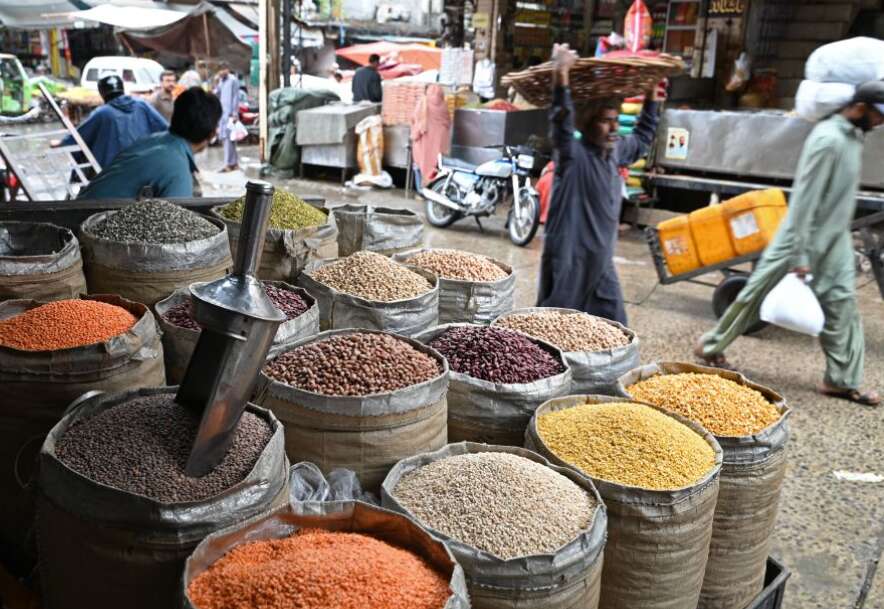A Temporary Inflationary Respite in Pakistan - Is it Enough?
Recent easing of inflation in Pakistan offers a brief respite in the midst of an ongoing economic crisis. However, it is clear that the country's government must address the systemic issues that have led to its financial struggles in order for the nation's economic fortunes to turn around.
Pakistan's economic woes are far from over, despite a recent easing in inflation that has offered a brief respite from the country's financial struggles. Data from the Pakistan Bureau of Statistics revealed that year-on-year inflation fell from a record 38 percent in May to 29.4 percent in June - the first such drop in seven months. This is a welcome sign for the beleaguered government, which is set to call an election this year. The root cause of Pakistan's economic crisis is years of financial mismanagement, which has been exacerbated by the COVID-19 pandemic, a global energy crisis, and record floods that submerged a third of the country last year.
Fortunately, the nation struck a $3bn standby deal with the International Monetary Fund (IMF) last week, which could provide some temporary relief for the country's ballooning foreign debt. This deal came with some heavy strings attached, however, as the government was forced to scrap popular subsidies on gas and electricity, leading to a further increase in the cost-of-living for many Pakistanis. The latest data shows that food prices rose by 40 percent over June 2022 figures, while transport costs increased 20 percent in the same period. This has led to the poverty rate in Pakistan reaching an estimated 37.2 percent this year, according to a World Bank report released in April.
The situation has been further exacerbated by the rupee plunging to record lows against the dollar, making imported goods more expensive, and the central bank's decision to raise its benchmark interest rate to a record-high 22 percent in an emergency meeting last week. One economist, Ashfaque Hasan Khan, warned that the recent inflationary easing is likely only temporary: “I fear inflation will increase in July as the state bank has increased the rate of interest and fixed it at 22 percent. The [inflation] rate will also increase in case the currency is devalued as a result of any understanding between the government and the IMF.”
Another economist, Farrukh Saleem, highlighted that systemic issues remain: “The major problem remains there in the form of big borrowings by the government. This situation will keep impacting people indirectly as it will lead to increased poverty, inflation and unemployment in the country.” Pakistan failed to meet any economic growth targets for the fiscal year 2022-23, with gross domestic product (GDP) growth at a meagre 0.3 percent. Despite this, the nation's stock market rose by the most in more than three years in early trade on Monday, on the back of last week's IMF deal.
However, despite this positive news, it is clear that there is still much work to do in order to get the country's economy back on track. In conclusion, the recent easing of inflation in Pakistan offers a brief respite in the midst of an ongoing economic crisis. However, it is clear that the country's government must address the systemic issues that have led to its financial struggles in order for the nation's economic fortunes to turn around.




